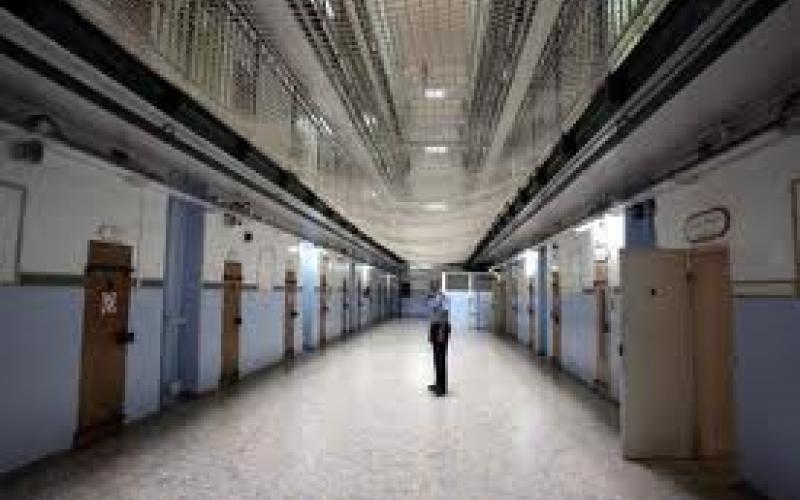October 1 will mark the first anniversary of the prison realignment legislation signed into law by Governor Brown. With nearly a year’s worth of data, it is not too early to assess whether the law, heralded by prisoner-release advocates, in fact reduced the prison population and stopped the revolving door of inmates cycling into state prison without endangering public safety.
Approaching the one-year anniversary, we can say that the realignment verdict is in and it is troubling!
For nearly two years, we have pointed out on numerous occasions the serious flaws embedded in the legislation. With its only emphasis being the last crime committed, “Post-Release Community Supervision” inmates can have prior convictions for serious offenses, such as murder or sexual offenses – and many do, but it just happened that was not their latest criminal conviction.
“Beyond having dangerous offenders in California’s communities, there has also been an undeniable increase in overall crime in the state, including violent and property crime, in such cities as Fresno, Los Angeles, Sacramento, Lancaster, San Francisco, Redding, Chico, Antioch, and in Kern County,” according to a news release issued last week by the Sacramento-based Criminal Justice Legal Foundation.
The last overhaul of California’s criminal justice system was sold as a way to get more dangerous felons into treatment and out of the vicious cycle of crime, prison and more crime. So far, that has not been the case. Mid-year statistics from the City of Los Angeles were mixed. Although the overall the number of burglaries, auto thefts, and other types of thefts fell by 1 percent throughout the city, several areas of the city saw significant increases.
In areas patrolled by the LAPD’s Central Bureau, for example, thefts rose by 9 percent. The Department’s South Bureau also had increases. Not surprisingly, there was a direct link to the realignment law that explained this increase. Chief Beck told the Los Angeles Times that offenders receive less supervision and assistance programs after being released and are more likely to commit new crimes. And, many of those who would otherwise have been in prison reside in these two bureaus.
Crime is up in Downtown and LAPD Captain Horace Frank said, “We see the same people that we’re arresting over and over again going to jail and coming right back. We believe a lot of that has to do with AB 109.”
Another sign of realignment’s failings can be seen by the high percentage of criminals sentenced under realignment not showing up for counseling appointments. While law enforcement agencies are doing everything they can to successfully implement realignment, the fact remains that Los Angeles County’s realignment progress reports are not encouraging.
With realignment leading to increased criminal activity, the LAPD moved 150 officers from patrol or other assignments in order to deal with the state’s prison realignment plan. Combined with the restrictions on paid overtime, there is now a lessened police presence throughout the city, resulting in a negative effect on response times to 911 calls.
The impacts of realignment are being closely monitored statewide. The early returns are less than promising, and public safety is increasingly being put in peril. There are many shortcomings and flaws that state lawmakers and the governor must fix.
One common sense fix is to evaluate who is eligible for “realignment” based an inmate’s total arrest and conviction record – not merely the last offense for which he or she is incarcerated. The other flaws, unfortunately, will only continue to surface as more citizens fall victim to those who, just one year ago, were appropriately housed in state prisons.
We are not delusional – realignment is here to stay. We look forward to working with elected officials on solutions to lessen the burden on local governments.
We invite you to share your thoughts by leaving a comment below.











